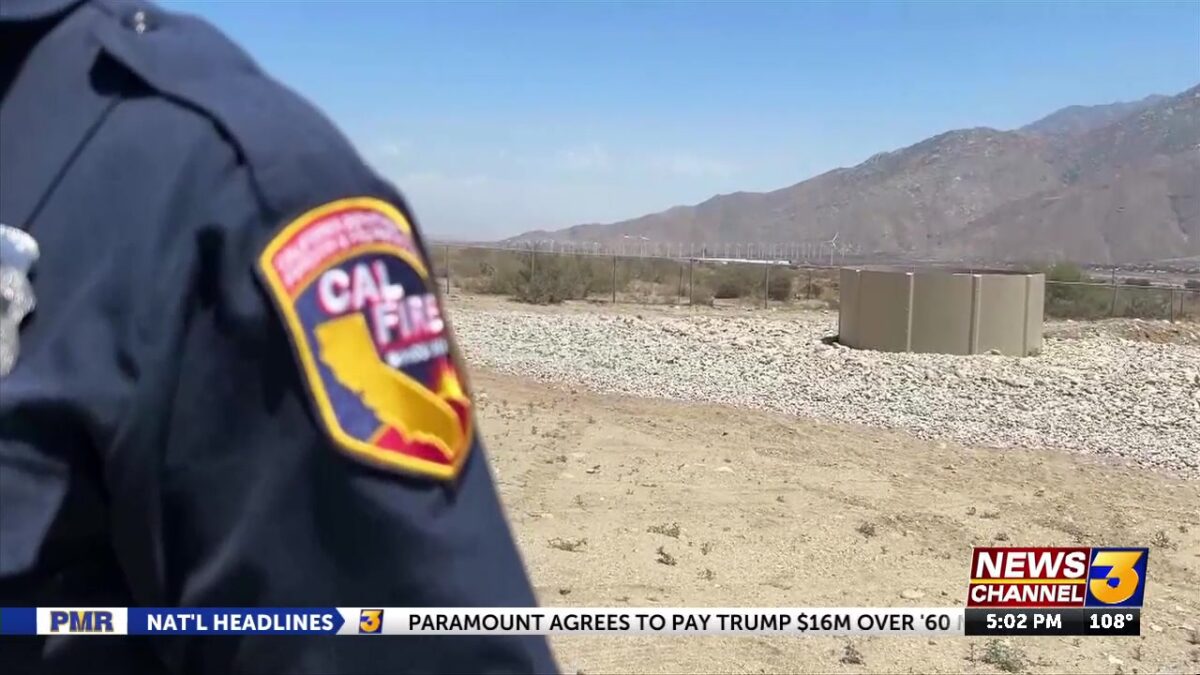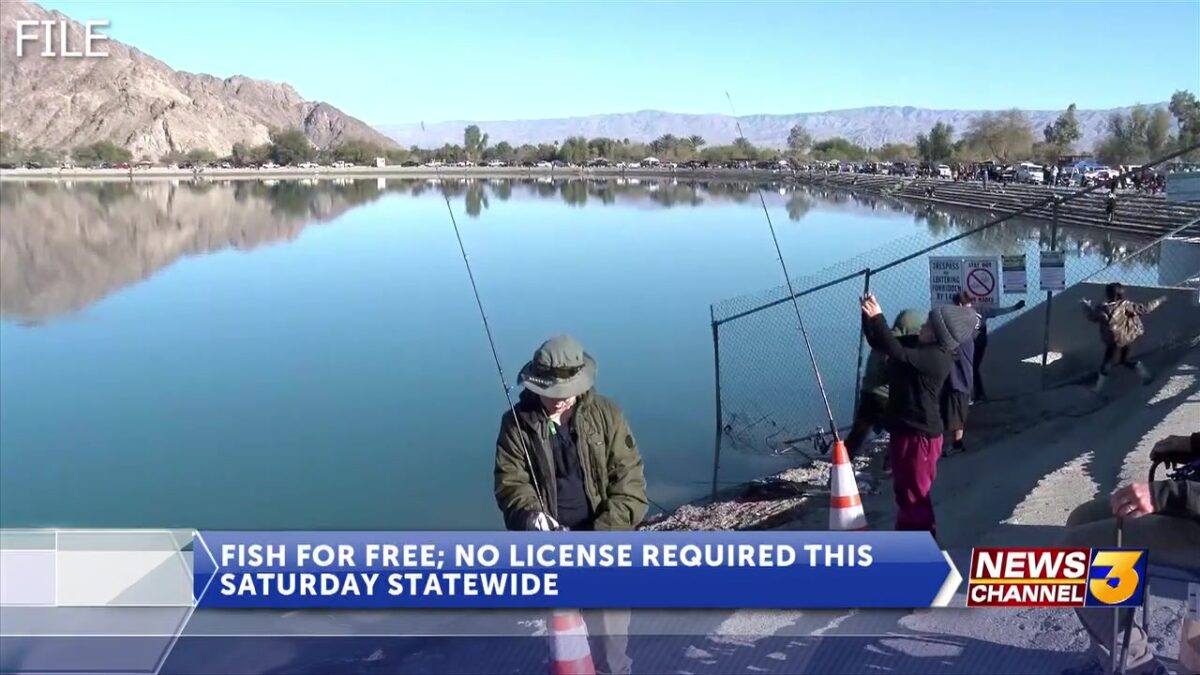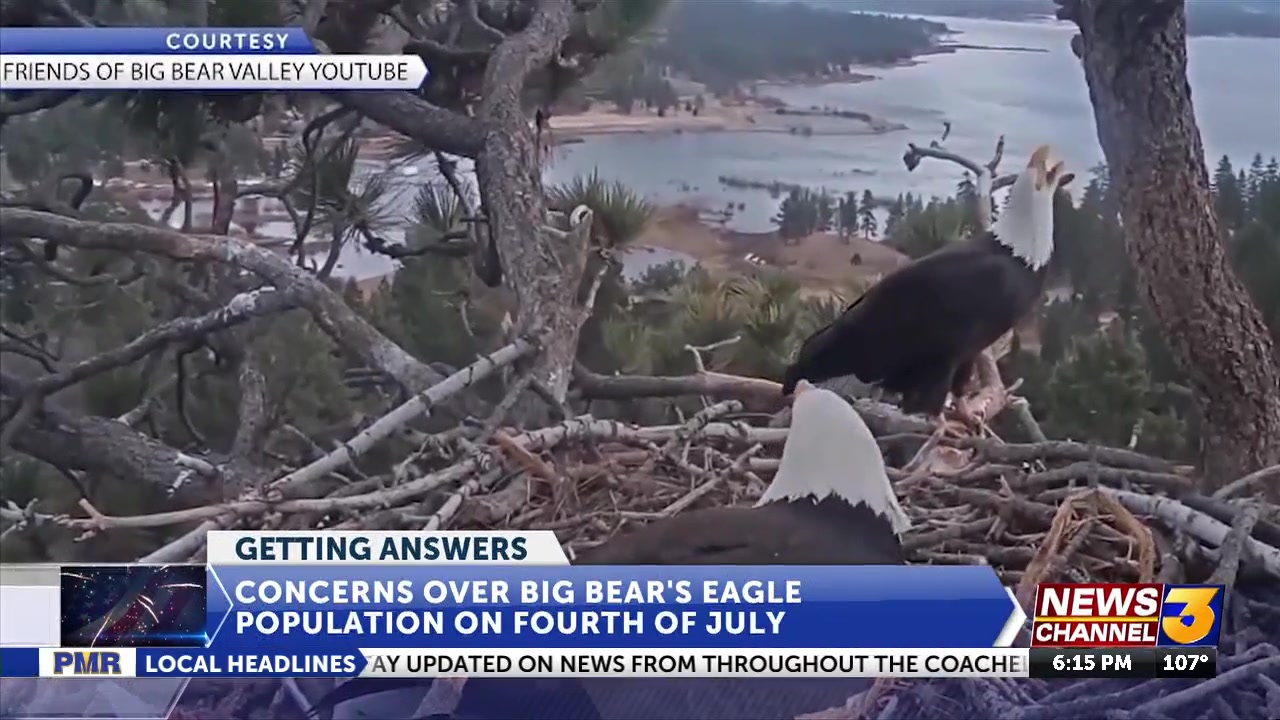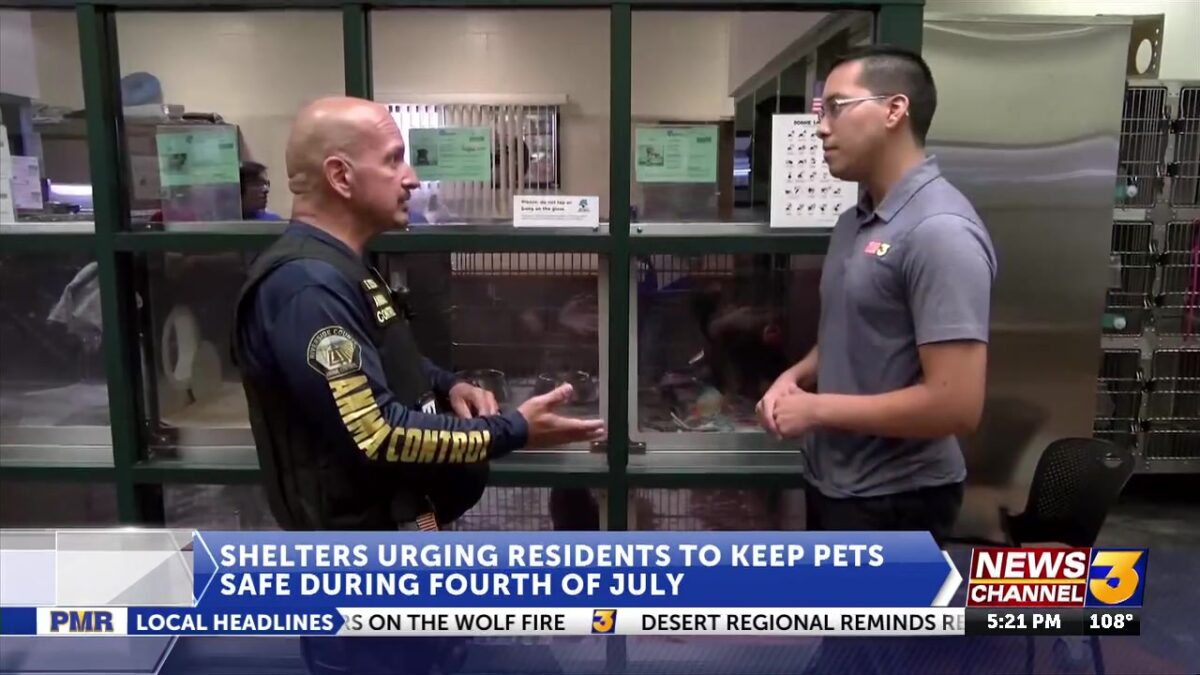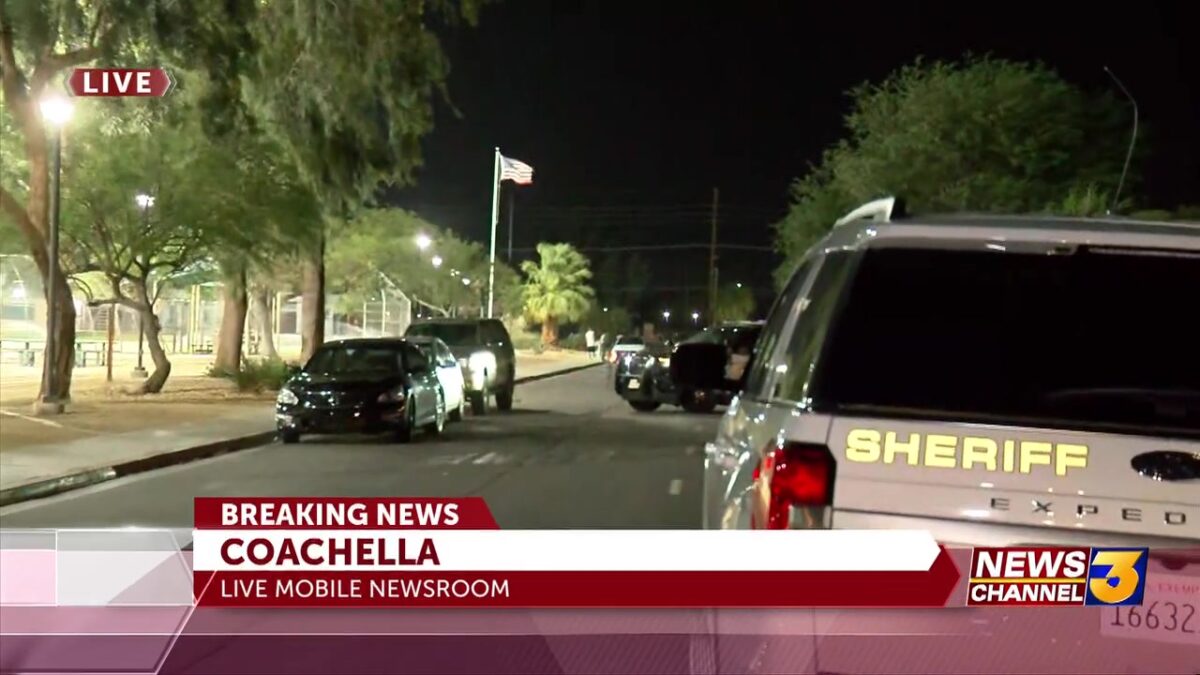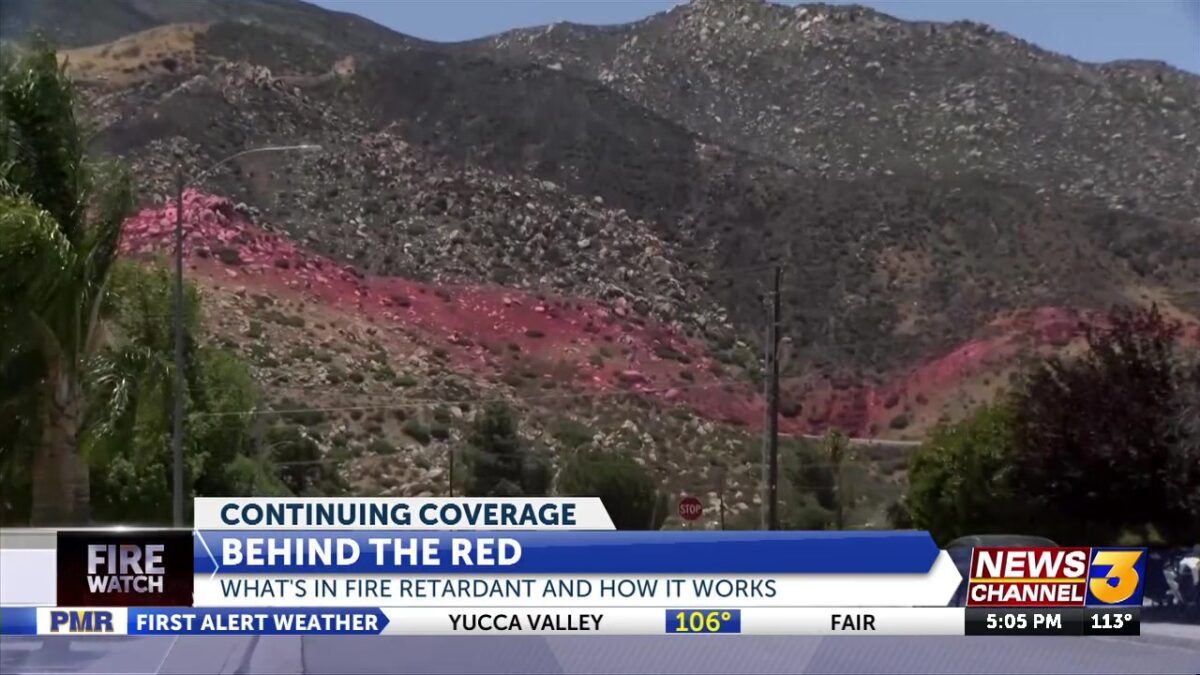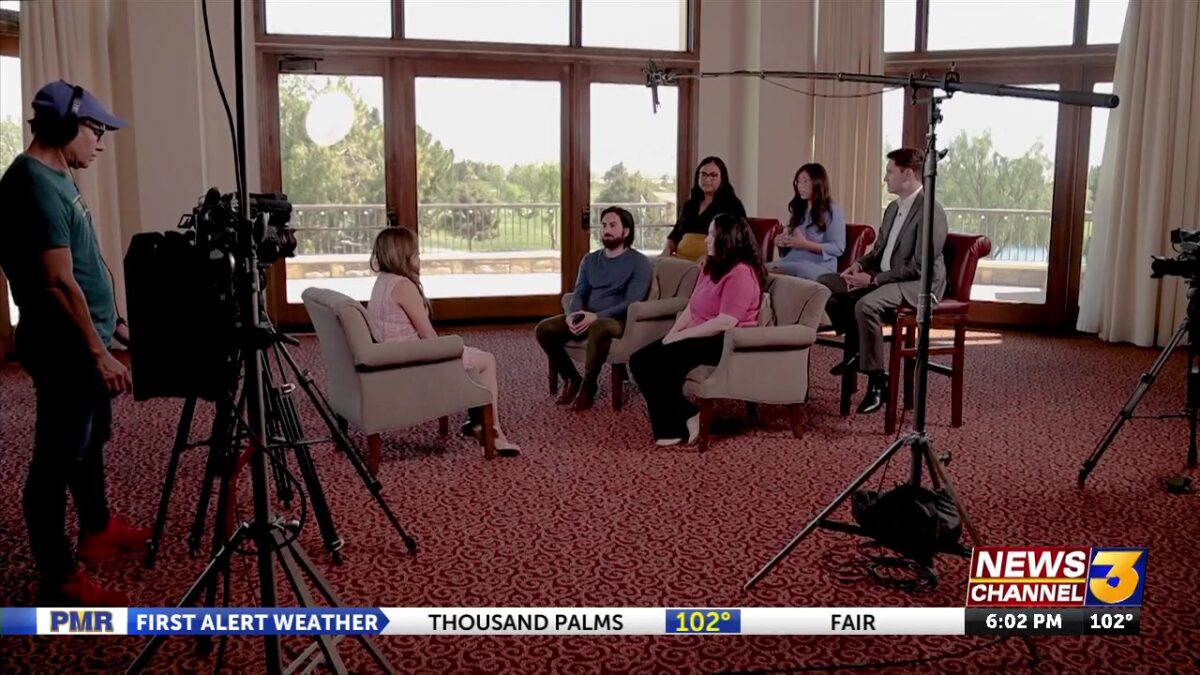Angela Chen
COACHELLA VALLEY, Calif. (KESQ) – Millennials are the largest generation in the nation and make up the largest share of our workforce. They are at the typical age to become first-time homebuyers. Many are just starting their families.
But as millennials hit their prime years in reaching these traditional adult milestones, they are seeing worse mental health than the generation before them, according to Blue Cross Blue Shield. An examination of the current high-stress lifestyle and its impact on millennials, now 29 – 44 years old, shows the way of life many of them dreamed about has fallen apart, with severe impacts on their mental health is starting to show.
A number of historical crises are affecting them in their prime years, including skyrocketing housing prices and crippling student loan debt.
“It’s the constant ‘you’re never going to catch up.’ You’re playing catch up for what seems forever,” said Becky Cuevas, 37, a digital marketing professional from Indio.
“I know I will not have a second child. I will not have a second child. That decision has, even if I hadn’t made that decision, that decision has been made for me,” said Janelle Burdette Redden, 36-year-old PR agency vice president from Palm Desert.
“They really grew up with those messages about how important it was to feel good about yourself, and they took them to heart,” said Dr. Jean Twenge, the author of “Generations” and a professor of psychology at San Diego State University. “It worked. They did see themselves in a more positive light than previous generations did at the same age.”
Millennial childhood, in the late ’90s and 2000s, was largely a time of economic energy and hope and the promise of a bright future with the emergence of widespread internet use. They dreamed big and were told, if they worked hard and went to college — they could have it all.
But that picturesque future fell short.
“Constant stress and burnout as a millennial is very true,” said Becky Cuevas, a 37-year-old digital marketing professional from Indio.
We spoke with a group of millennials from different cities across the Coachella Valley.
“Things are tight, but I’m all right. And, like, that’s kind of the feeling. It’s like there’s this existential kind of like, trying to keep trying to just kind of keep together and make it through,” said Rusty Redden, a 35-year-old mental health professional from Palm Desert.
That existential angst — often popping up on sites like Reddit — where millennials often say it’s been downhill since entering adulthood.
Between what often feels like impossible housing prices, stagnant wages, social media stress, employment burnout, the student loan crisis, historically low birth rates, the great recession and current economic instability, millennials are grappling with enormous crises in their prime years and its subsequent impact on mental health.
They are seeing higher rates of major mental health conditions, including an 18% increase in prevalence rates for depression and 37% rate for hyperactivity, compared to Gen X at the same age, according to “The Health of Millennials” report from BCBS.
“Starting around 2016 or 2017, we started to see a turnaround that, in middle adulthood, millennials started to become more depressed compared to gen Xers at the same ages,” said Dr. Twenge.
With monikers like the “anxious generation,” the “burnout generation” — and the loneliest, 92% are reporting worse mental health since the pandemic, according to Blue Cross Blue Shield.
“To be a millennial is to have the ultimate trauma bond,” said Esperanza Mendez, a 33-year-old communications specialist from Indio, to which the group laughed along.
So why does this matter? After all, every generation has faced unique struggles. Researchers like Dr. Twenge have shown us in previous generations, mental health struggles in youth were connected to death rates in middle age, particularly with what she calls “deaths of despair,” like suicide and drug overdoses.
And with worsening health, both mental and physical, among millennials now entering middle age – what will this mean for their future?
The impact is already here.
According to “Generations” and CDC Wonder database statistics, millennials are dying at a significantly higher rate as prime-age adults than gen X’ers did. If nothing is done, Moody’s Analytics has reported that mortality rates are expected to climb as high as 40%.
Now managers and mothers and middle-aged burnouts, many say they feel they are miles behind where they should be.
“It’s the constant you’re never going to catch up. You’re playing catch up for what seems forever,” said Cuevas.
Dr. Twenge said much of this is social media and being plugged in 24/7.
“We had a lot of political polarization at that time. Social media had certainly become not just optional, like it was in millennial childhood, but almost mandatory. And we know from social psychology studies that the material that spreads the fastest on social media is things that make people upset and angry. So there really was a cultural shift around that time,” said Twenge.
“Ever since we graduated, we were always the generation of like, ‘you will always be available,'” said Janelle Burdette Redden, a 36-year-old vice president of a PR agency from Palm Desert. “We have endless tools that make us be connected to our work systems. And in this really, really bleak job market, we’re more or less like, ‘I have to be the one to respond.'”
The exciting frontier of the internet in 2000 has now settled into information overload, constant connection and perpetual plug. It can be overstimulating and socially isolating, leading to mental health problems.
“..The impact of social media on self-esteem, on body image issues, and how it affects people’s anxiety, especially when I’m treating people with anxiety, sometimes that treatment is to not use social media for some time,” said Carolina Vasquez, a clinical therapist at Desert Insight in Cathedral City.
“Millennials were brought up to have very, very high expectations. They did have high expectations of what their lives were going to be like,” said Dr. Twenge. “So some of that disappointment with adulthood could be playing a factor.”
But that disappointment also stems from what some millennials say are moving goalposts and people now working twice as hard to get half as far.
“I look at my grandparents and their ability to, on one income, raise three kids, two cars, take vacations every year. They have the American dream, and the American dream is slowly falling away. We don’t take vacations every year. We’re getting by, but we’re not doing the same things on a single income that our grandparents could do,” said Andrew Montez, a 33-year-old civil litigation attorney from Bermuda Dunes.
Part of the American Dream — owning your home — is now out of reach for many millennials.
In 1980, the median price of a house in America was about $65,000.
In 2025, it’s about $426,000.
Here in the Coachella Valley, it’s skyrocketed to $700,000.
Home prices have outpaced salaries exponentially in some parts, especially in California where homes are now more than 7 times what salaries are, per the Joint Center for Housing Studies of Harvard University. It was only 4 times in 1980.
In the past 5 years, California wages have grown only 24% — while housing costs have shot up as much as 87 percent, according to the California Legislative Analyst’s Office.
“So much of life has felt like I have to pick. What is it going to? what is it now? Is it being a mom? Is it being a career person? Is it, but I don’t know. It’s so hard. It’s hard,” said Mendez.
And housing can be connected to birth rates, languishing at its lowest in U.S. history with millennials and Gen z (born 1997 – 2012).
The generational groups have cited financial instability — concerns about the future — and the rising cost of childcare. Daycare now costs about $39,200 for two, about 44% of California’s median household income for a couple.
“I know I will not have a second child. I will not have a second child. That decision has — even if I hadn’t made that decision, that decision has been made for me…it just, it doesn’t make economic sense for us to do that,” said Burdette Redden.
The cost of goods are 23.6% more expensive now than they were before the pandemic, according to the Bureau of Labor Statistics. And this is before the expected price hikes coming down the pipeline from President Trump’s tariffs.
They say that millennials got to be kids during the best time — only to become adults at the worst.
We asked the group what they would say to lawmakers watching this story, what policies they could change or create to improve our way of life and millennial mental health?
In part 2 — morning anchor Angela Chen will explore possible solutions — and ask tough questions to our lawmakers on what changes we should make as a society to improve our way of life and subsequently, mental health, for millennials and future generations.
Click here to follow the original article.


